The 8 Email Campaigns Your Business Needs To Generate More Revenue
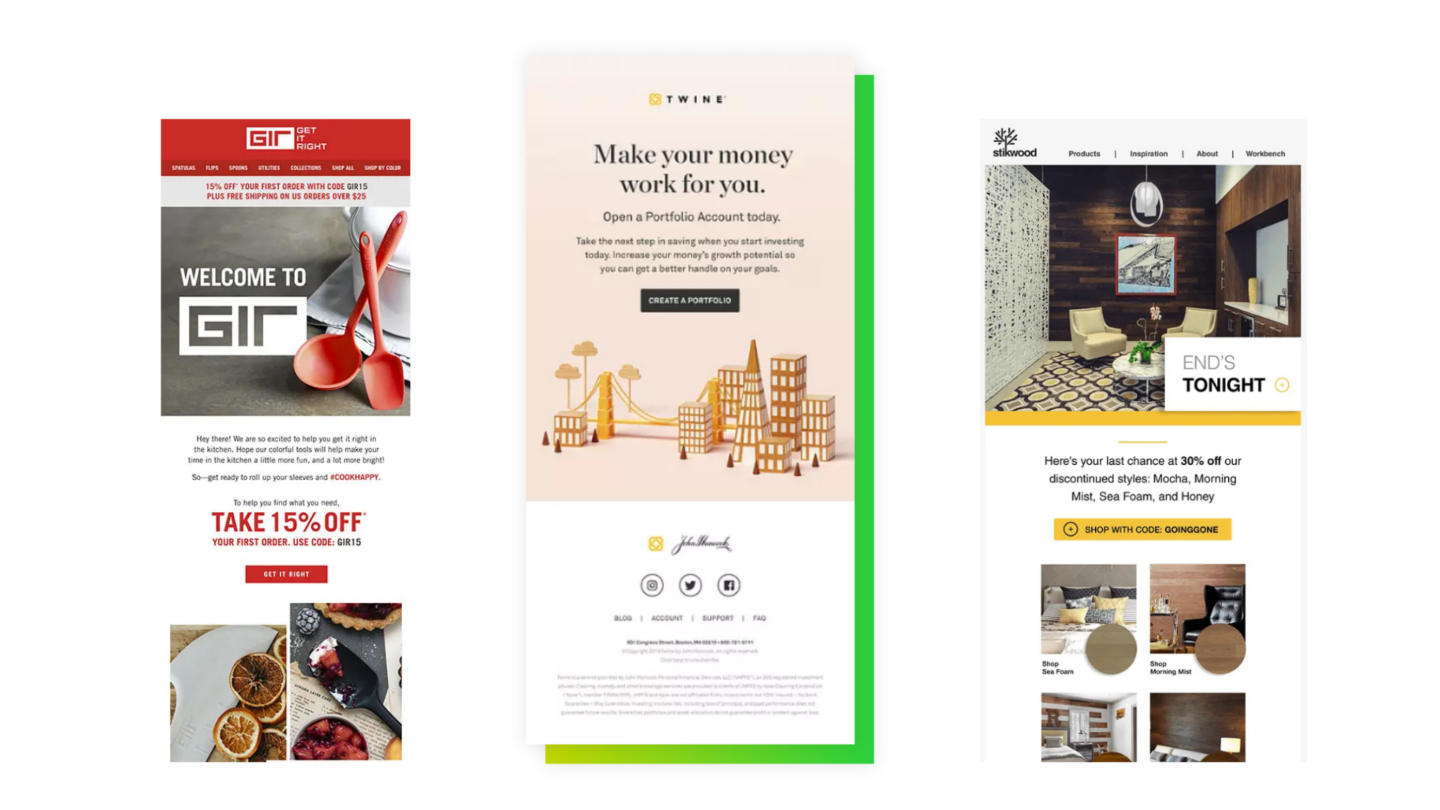

With ever-changing regulations, technology, and capabilities, the landscape of email marketing is constantly evolving.
But one thing remains the same: it’s not going anywhere. According to Campaign Monitor, more than 50 percent of U.S. consumers reported that they check their personal email account more than 10 times a day, and it is by far their preferred way to receive updates from brands. And with an average ROI of 38:1, building a successful email marketing program is key to driving acquisition, retention, and customer LTV for your business.
You’re probably already sending email campaigns, but how do you take your email program from good to great?
Marketing automation is critical to scaling your program and leveraging email triggers will allow you to better nurture your customers throughout their entire journey.
Let’s take a look at eight of the most essential email campaigns every marketer should automate to generate email ROI for their business.
A welcome series is your chance to introduce your brand to a new email subscriber and start building a relationship with them.
Welcome emails have an average open rate over 80% so it’s the best opportunity you have to showcase your mission, products, and services while a subscriber is highly engaged, and to motivate their first purchase.
You’ll be tempted to include a lot of content about your product line, UVP, and more, so it’s more effective to spread the messaging out across a series of emails. Mailchimp recently found that sending a series of welcome emails yielded 51% more revenue than sending a single email.
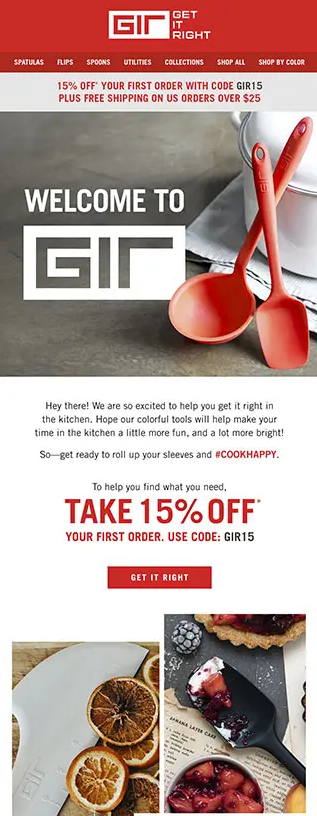
When planning your welcome series, consider the priority of your messaging as well as cadence. You’ll want to engage customers early but be careful not to overwhelm them with too many emails at one time. For example, once someone enters the welcome flow, they should be excluded from receiving other marketing emails such as newsletters until they’ve finished the welcome series.
Using browse behavior to retarget potential customers allows you to provide a personalized experience with very relevant timing.
Consumers often comparison shop and gather additional information about products before they purchase them. They may also get distracted while browsing your site and need a little reminder to come back and make a purchase.
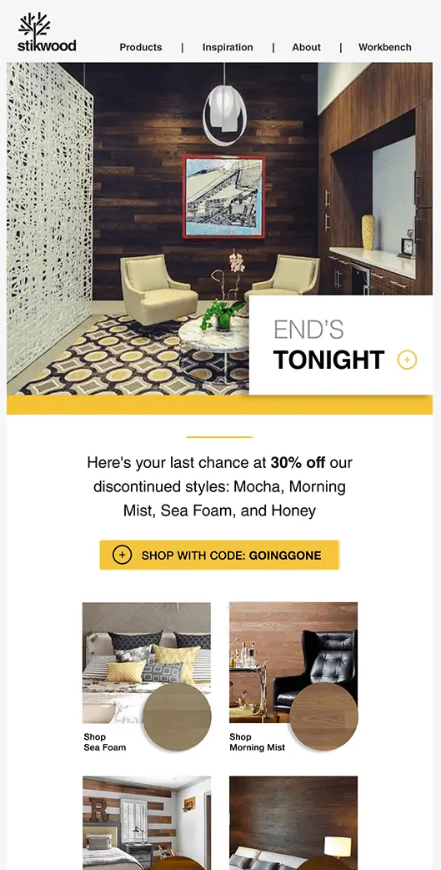
Fifty-nine percent of people said that marketing emails influence their purchase decisions and 56% of consumers expect their browsing history to be used in personalized emails. When planning your browse abandon emails, consider how to leverage dynamic content and dynamic product recommendations to help drive conversions of browsed product, and other similar items. You may also want to include additional product details, reviews, or guarantees/free returns to address any outstanding questions a customer may have prior to making a purchase.
With an average click through rate of 28.6%, abandoned cart emails are crucial to getting customers over the finish line of making a purchase.
And according to Omnisend, a series of 3 abandoned cart emails drives an average of 69% more orders than a single email.
It’s important to send your initial reminder to customers within an hour or two of abandonment while it’s still top of mind for them, and before they can complete their purchase on a competitor’s site. But, as with any email campaign, consider testing the cadence of the series to find the sweet spot for your brand. For retailers with more expensive items that have a longer purchase consideration phase (such as furniture or jewelry), you’ll want to create a slower series. For clothing retailers or those with other items that people are more likely to impulse buy, the series should be much faster.
The best abandoned cart emails leverage dynamic content to personalize the messaging and usually include a rich offer later in the series for those subscribers who fail to convert after a couple of gentle nudges. Plan to conduct offer testing to find the right timing and promotion to drive conversions for your brand.
While typically not huge revenue drivers, post-purchase emails are a great opportunity to build on the relationship you’ve started with new customers and turn them into brand advocates. According to Return Path, they have the highest read rate of any email type at 44%.
In addition to standard transactional emails, you should be sending helpful product education such as user guides and how-to videos as well as requests for customer referrals and product reviews (just be sure to give them enough time to actually use the product before you ask for a review). Depending on your products, you may also want to consider including a bounceback offer to drive repeat purchases.
Winning back lapsed customers may seem like a daunting task, but it can be much more effective through the use of drip email campaigns.
Identify a point at which you consider a customer to be lapsed (for example, if they haven’t made a purchase in 6 months or a year) and create an automated series based on that behavior. When determining that lapse point, consider the lifespan of your products and the average time in between purchases. For example, a clothing retailer will typically have a much shorter window than a company selling car tires.
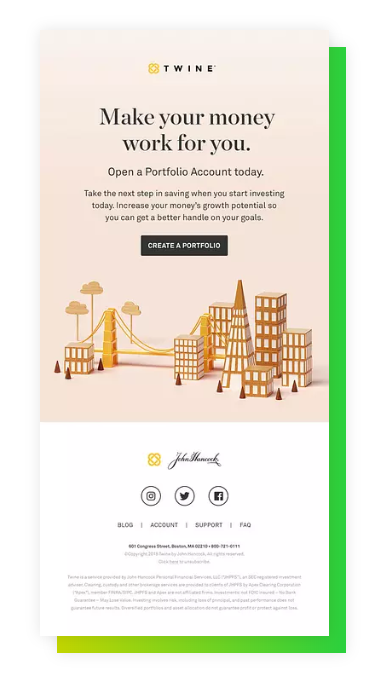
Highlight newer product arrivals they may have missed to pique interest and consider including a rich offer to further entice customers to make a purchase. Winback emails are another great opportunity to leverage dynamic product recommendations based on their purchase history to personalize the experience. You may even want to remind them of what they purchased previously and showcase similar or complementary products.
Keeping subscribers engaged with your emails can help drive LTV, but it’s also important to pay attention to when someone stops engaging.
Determine your threshold for non-engagement (such as zero opens or clicks within 6 months) and develop a series designed to wake up those dormant subscribers.
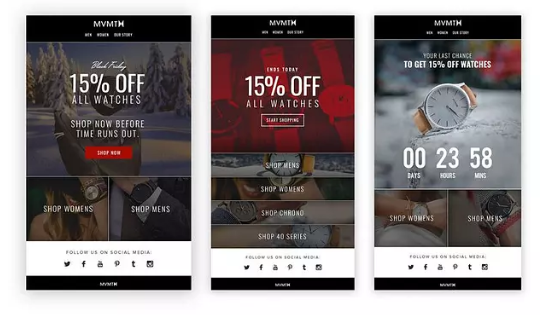
If you’re targeting subscribers who haven’t opened in a while, you’ll want to develop some pretty strong subject lines to grab their attention. Most people are used to seeing those “we miss you” messages in their inbox and while they still work, consider how you can inject your branding to make it more unique and eye-catching. Once they’ve opened, make sure it’s worth their while. Include updates on things they may have missed over the past few months such as new product releases, and remind them of the value of being a subscriber on your list. It’s also a good idea to offer them a choice to “opt down” so that they can remain on the list but receive fewer emails from you (just make sure you can deliver on this).
If you’ve exhausted opportunities to re-engage subscribers and they’re still inactive, be sure to remove them from your list. Continuing to send to an unengaged audience can hurt your sender reputation and impact your inbox delivery for a number of email clients such as Gmail and Hotmail. These inactive emails will also drag down your engagement rates overall if you continue to include them in email campaigns.
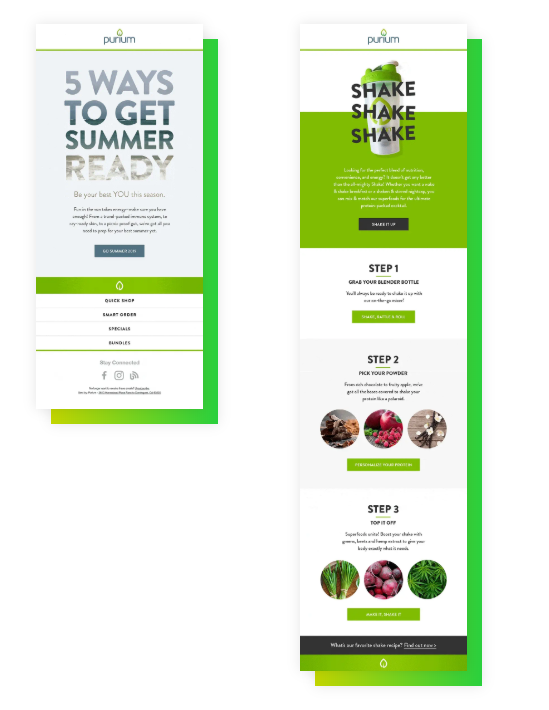
It’s important to keep your customers engaged in between purchases to improve retention.
Weekly or monthly email newsletters can be a great opportunity to leverage blog posts and other content to engage subscribers beyond sales or promotions. Consider your current content roadmap and schedule to help determine your email newsletter cadence.
The best email newsletter examples include highlights of timely and engaging content that link back to your website or blog.
In addition to an email newsletter, planning your monthly email promotional calendar will help you to identify key holidays, new product launch dates, and sale opportunities you’ll want to highlight via email.
When planning campaigns, ensure that segmentation is a top priority as order rate is 62.2% higher in segmented campaigns over non-segmented.
The best email campaigns include targeted content (for example, featuring apparel based on gender information or location/climate).
Remember: to stay ahead of the curve, your email strategy should always be evolving.
Rather than setting and forgetting, it’s important to continuously optimize campaigns to get the most out of them. Once you’ve got these essential email campaigns up and running, don’t be afraid to test, test, test.
